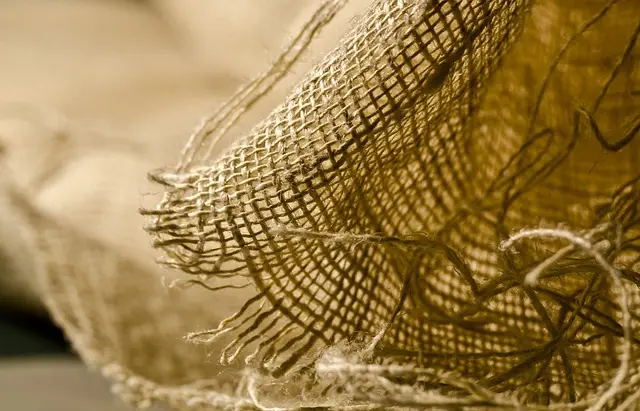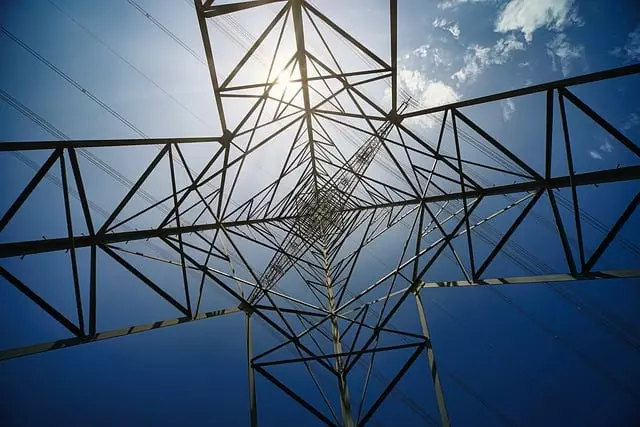CBD salve has become a key component in personalized training regimens, offering anti-inflammatory benefits that aid in muscle recovery and enhance athletic performance. Its non-psychoactive properties interact with the endocannabinoid system to maintain bodily balance, making it an attractive option for athletes looking to complement their fitness routines. Tailored training plans, which consider individual factors such as age, fitness level, and health status, are dynamically adjusted to reflect progress and address new challenges. These plans now include the strategic use of CBD salve as part of a holistic approach to fitness that encompasses both physical conditioning and wellness practices for a comprehensive athletic experience. Regular fitness reassessments ensure training remains effective and aligned with personal goals, while the incorporation of CBD salve into post-exercise routines can provide targeted relief and support faster recovery. For those curious about what CBD salve is used for in an athletic context, it's important to consult healthcare professionals for safe and effective use within a personalized fitness plan. This approach underscores the importance of adaptive training strategies, continuous monitoring, and personalized interventions for peak performance and recovery.
Embarking on a journey towards peak physical conditioning requires tailored strategies that cater to individual fitness levels, objectives, and recovery needs. This article delves into the intricacies of crafting customized training plans, highlighting how understanding your unique fitness landscape is paramount for optimal performance. We’ll explore the assessment of personal fitness levels and the setting of realistic goals, ensuring a foundation for success. Additionally, we’ll examine the role of CBD salve—a natural aid in athletic recovery—and its benefits, answering what CBD salve is used for in this context. Subsequently, learn how to effectively integrate CBD into your personalized training schedule for enhanced outcomes. Finally, we’ll discuss dynamic progress measurement and the importance of adapting your training plan to maintain momentum and achieve your peak physical conditioning aspirations.
- Understanding Customized Training Plans for Optimal Physical Conditioning
- Assessing Individual Fitness Levels and Goals
- Integrating CBD Salve into Athletic Recovery Routines
- Crafting a Personalized Training Schedule with CBD Benefits
- Measuring Progress and Adjusting Training Plans Dynamically
Understanding Customized Training Plans for Optimal Physical Conditioning

Customized training plans are meticulously tailored regimens designed to align with an individual’s unique physiology, goals, and lifestyle. These plans consider factors such as age, fitness level, existing health conditions, and personal preferences to optimize physical conditioning. A key aspect of these plans is their adaptability; they can evolve over time in response to progress or changes in circumstances. For instance, incorporating a CBD salve into an athlete’s recovery routine may be beneficial for muscle soreness and overall well-being, which can enhance performance and recovery, thus factoring into the personalized approach. The use of CBD, a non-psychoactive compound found in cannabis plants, is gaining popularity among athletes for its potential anti-inflammatory properties. By understanding how CBD interacts with the body’s endocannabinoid system, trainers can integrate it into a holistic training strategy that supports peak physical conditioning. This integration ensures that the training plan not only addresses the physical demands of athletic performance but also incorporates complementary wellness practices for a balanced and effective approach to achieving optimal fitness.
Assessing Individual Fitness Levels and Goals

When embarking on a journey toward peak physical conditioning, it’s imperative to tailor training plans that align with individual fitness levels and objectives. A comprehensive assessment is the cornerstone of this process, as it provides valuable insights into an individual’s current state of health and fitness. This evaluation typically includes measuring vital signs such as heart rate, blood pressure, and body composition, along with assessing muscular strength, endurance, flexibility, and cardiorespiratory efficiency. Understanding one’s baseline fitness level is crucial for setting realistic and achievable goals. These goals may range from improving overall stamina to increasing muscle mass or enhancing athletic performance. For instance, a person aiming to improve cardiovascular health might focus on activities that elevate heart rate over time, while another individual may prioritize resistance training to build lean muscle. The data collected during this assessment phase is instrumental in designing a training regimen that is both effective and safe, ensuring progression at a pace conducive to the body’s adaptive capabilities. Moreover, re-evaluating fitness levels periodically allows for adjustments to the training plan as needed, keeping the individual on track toward their peak physical conditioning objectives. While discussing fitness plans, it’s important to note the role of supplementation like CBD salve, which may aid in recovery and pain management. However, any such supplement should be integrated into a regimen after consulting with healthcare professionals to ensure compatibility with one’s health status and training goals.
Integrating CBD Salve into Athletic Recovery Routines

Athletes are constantly seeking effective methods to enhance their recovery and performance. In this pursuit, one emerging tool in their arsenal is CBD salve, a topical application derived from the cannabidiol compound found in hemp and cannabis plants. What is CBD salve used for? Primarily, it’s applied to the skin for localized relief of muscle and joint issues. Its anti-inflammatory properties make it particularly beneficial for athletes who experience soreness or inflammation post-exercise. When integrated into an athletic recovery routine, CBD salve can help alleviate pain and discomfort without the psychoactive effects associated with other cannabinoids. Its absorption through the skin bypasses the digestive system, allowing for direct and targeted relief where it’s applied. Additionally, research suggests that CBD may aid in reducing oxidative stress and promoting faster recovery times, which are critical for athletes looking to return to peak physical conditioning. As such, incorporating CBD salve into a post-training regimen can be a strategic move for those looking to enhance their recuperation process and optimize performance in the long run.
Crafting a Personalized Training Schedule with CBD Benefits

Crafting a personalized training schedule that incorporates CBD, short for cannabidiol, can be a game-changer for athletes seeking to enhance their performance and recovery. CBD, derived from the hemp plant, has garnered attention for its potential benefits in managing pain, reducing inflammation, and improving overall wellness. When integrating CBD into an exercise regimen, it’s important to consider how it may complement various aspects of training. For instance, applying a CBD salve used for muscle and joint relief can be particularly beneficial post-workout to alleviate soreness and aid in recovery. This topical application allows for targeted support where the body needs it most, ensuring that athletes can maintain their regimen without undue discomfort.
Moreover, incorporating CBD into a training plan may also contribute to mental clarity and focus, which are crucial for optimal performance. By helping to manage stress and anxiety, CBD could potentially enhance an athlete’s psychological state, allowing for better concentration and execution during high-intensity activities. As with any supplement, it’s essential to consult with a healthcare professional before adding CBD to your training schedule, ensuring that it aligns with personal health considerations and goals for peak physical conditioning. Understanding what CBD salve is used for, in terms of its potential therapeutic properties, can inform a more holistic approach to fitness and recovery.
Measuring Progress and Adjusting Training Plans Dynamically

Athletes and fitness enthusiasts striving for peak physical conditioning recognize the importance of customized training plans that adapt to their progress over time. These personalized regimens are not static; they require consistent monitoring and adjustment to ensure continuous improvement. Measuring progress is a multifaceted process, encompassing various metrics such as strength gains, endurance improvements, and recovery rates. By utilizing an array of tools, including fitness trackers, performance diaries, and body composition analyzers, individuals can quantify their advancements. This data serves as the foundation for dynamic adjustments to training intensity, volume, and frequency, ensuring that the training plan remains aligned with the individual’s evolving capabilities and goals.
The essence of progress measurement lies in its ability to inform strategy and tailor interventions. For instance, if an athlete is falling short of endurance targets despite adequate volume, it may indicate the need for enhanced nutritional support or improved sleep hygiene rather than merely increasing training hours. Similarly, a plateau in strength could signal the necessity for variations in exercise modalities or a reassessment of rest periods. These insights enable athletes to fine-tune their approach, incorporating periodization principles that systematically manipulate training variables to peak at the desired time, such as a competition or event. In this manner, monitoring progress and adjusting training plans dynamically becomes a vital aspect of achieving and maintaining peak physical conditioning.
In conclusion, achieving peak physical conditioning is a multifaceted endeavor that demands a tailored approach. By understanding the nuances of customized training plans and assessing individual fitness levels alongside personal goals, athletes can engage in regimens that are both effective and safe. The integration of CBD salve, widely recognized for its therapeutic properties—what it’s used for often includes aiding recovery—further enhances the recuperative phase of training, promoting better muscle relaxation and pain relief. Dynamic adjustments to training schedules based on measurable progress ensure continuous improvement and optimal performance. These strategies collectively pave the way for athletes to not only reach but also maintain their physical peak, making the pursuit of personal bests a sustainable and rewarding journey.






